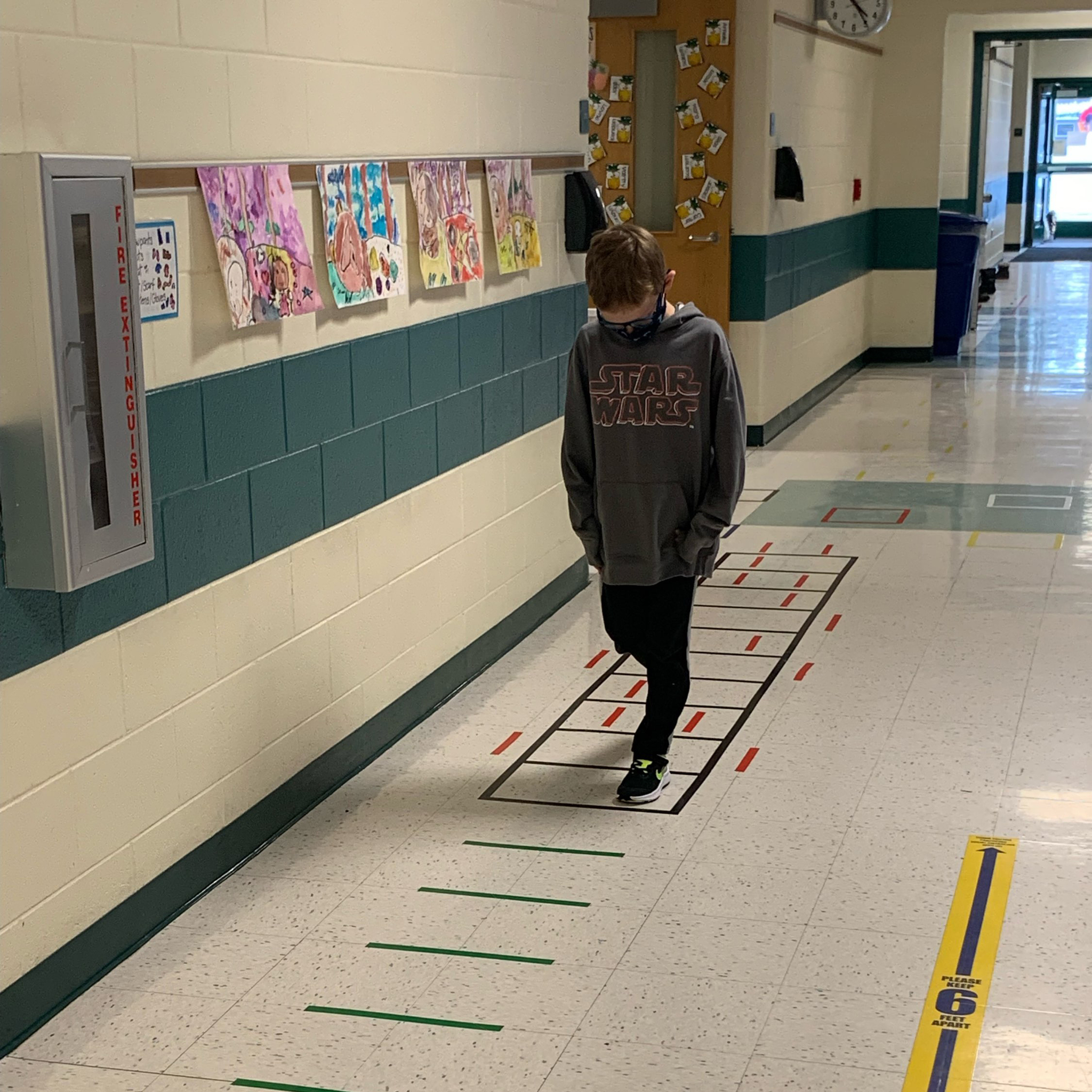
Sensory Strategies
Occupational Therapy for Sensory Needs
Children with sensory processing needs may benefit from sensory strategies in the home and school environments. Many children with sensory processing difficulties lack the proprioceptive input they need to function in their environments with ease and may have a difficult time calming their bodies. They may have sensitivities to touch, taste, light, and noise. They may also move more than other children, have a difficult time focusing, show signs of anxiety, and have difficulties with behavior in response to their environment. A child’s sensory needs may vary depending on if they are in the home or school environment.
Sensory at School
Occupational Therapy in the school setting focuses on helping students maintain regulation in the classroom and during educational activities. Some children with sensory needs may benefit from increased opportunities for movement, proprioception activities, or the use of sensory equipment to support regulation in the school environment. Occupational Therapists can use their expertise to determine which sensory strategies are most beneficial and train school staff on implementing these strategies throughout the school day.

Proper use of weighted blanket
Download the ![]() weighted blanket informational handout here.
weighted blanket informational handout here.
Heavy work activities to help with sensory (home and classroom ideas)
Download the ![]() heavy work activities informational handout here.
heavy work activities informational handout here.
Proper use of weighted vest and lap pad
Download the ![]() weighted vest informational handout here.
weighted vest informational handout here.
Sensory corner ideas for classroom
Download the ![]() sensory corner informational handout here.
sensory corner informational handout here.
Brain Breaks, Sensory Breaks and Movement-Based Learning
Download the ![]() brain and sensory breaks informational handout here.
brain and sensory breaks informational handout here.
Sensory Differences
Download the ![]() Autism Acceptance Month Sensory Differences handout here.
Autism Acceptance Month Sensory Differences handout here.
Sensory at Home
A child’s home routine and environment can be very different from when they are at school. Many times, this variance can also influence a change in their sensory processing needs. At home, a child’s sensory needs are primarily based on participation in routines such as bedtime, playtime, family gatherings, mealtime, dressing and self-care, and community outings. We have provided the following resources to help you support your child’s sensory processing skills in the home environment.
